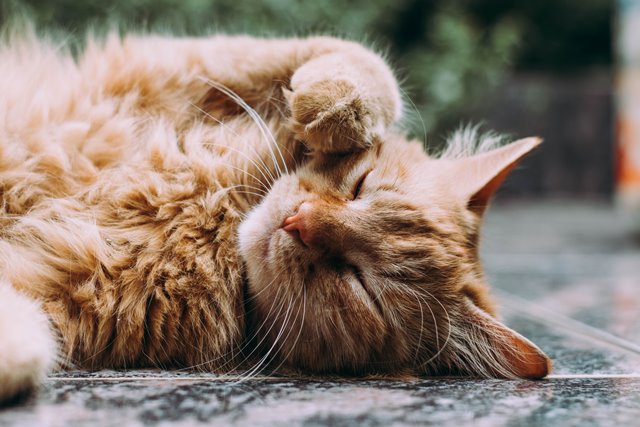Emergency Care: Cuts & Injuries
As much as we may try to protect our pets from injury, accidents do unfortunately happen and you may find yourself having to deal with a cut or wound on your pet. Here are our top tips for managing wounds before you can get your furry friend to the vets. Ways in which your […]
As much as we may try to protect our pets from injury, accidents do unfortunately happen and you may find yourself having to deal with a cut or wound on your pet. Here are our top tips for managing wounds before you can get your furry friend to the vets.
Ways in which your pet might be injured:
- Running through the undergrowth they may be cut by a branch/ twig/ barbed wire.
- Cutting their foot on glass which is on the floor.
- Trying to wriggle through a small space.
- Fighting with another animal.
- Running onto a stick after it is thrown (known as a ‘stick injury’).
- In a road traffic accident (likely to be more than just a cut, and so veterinary intervention required ASAP).
What you may notice when your pet has a wound:
- You may have witnessed the accident itself and know exactly how they were injured
- You may have witnessed the fight with another animal
- It may be the blood or wound itself that you first see
- You may notice your pet excessively licking at one area
- Your pet may seem quiet, nervous or off their food (these are sometimes the only signs noticed when cats have an abscess after being bitten by another cat, or in the case of a stick injury)
- If you notice your pet has an increase in temperature or seems at all lethargic following an injury it’s best to get them checked by your vet.
What to do if you notice a wound:
If you are worried about the woundit’s best to get it checked by a vet. If it’s large, deep, bleeding excessively or bothering your pet, then it should be checked as soon as possible. The following is primarily advice to help you get to the vets where the wound can be appropriately dealt with.
- Keep calm, and try to keep your pet calm.
- If the wound is bleeding excessively then try to stem the bleeding. If the animal will allow you, then put pressure on the wound. You may be able to place a clean dressing over the wound to apply pressure on it while you get to the vets. If it is bleeding excessively then head to the vets as soon as possible to minimise blood loss. If you do not have a dressing, then use a clean cloth or towel.
- If the wound is not bleeding excessively but is contaminated with dirt, then gently bathe the wound with lukewarm salt water and place a dressing to get them to the vets, but only if the animal will allow it.
- Try to stop them from licking at the wound – there are lots of bacteria within the mouth which can result in an infection.
- If you think your pet may have a stick injury it is best to see the vet as soon as possible. These wounds can be more subtle as they are hidden in the mouth, but can be very serious depending where the stick has penetrated.
- If there is foreign material stuck within the wound, it’s best to allow the vets to remove it, as it may go deeper than expected.
- If the chest is punctured, cover the wound with a clean dressing, damp cloth or Clingfilm and bandage it tightly enough to seal the wound until you get to the vets.
- If the abdomen is punctured and organs are exposed, do not allow your pet to lick the wound or organs. Gently bathe them in clean water if possible, and then wrap the abdomen in a clean, damp sheet while taking your pet urgently to the vets. Ask somebody to inform the vet practice of what has happened and that you are on your way there.
How to manage a minor wound at home
If a cut or graze is small, not bleeding excessively and not bothering your pet, you may be able to manage it at home. Bathe the wound a few times a day with salt water or a dilute antiseptic wash. Prevent the animal from licking the wound and monitor it closely. If the wound appears to be healing, then it is okay to continue like this. However, if at any point the wound is looking worse, (i.e more red and angry, swollen or oozing), becomes painful, or your pet’s demeanour deteriorates then veterinary attention must be sought promptly.
Tips to avoid wounds
While most wounds are completely accidental, there are a few things that you can do, as follows, to try and minimise the chances of some of these accidents from occurring.
- Watch out for glass on the floor whilst out walking and avoid these areas.
- Keep your dog on a lead while cars are around or if approaching another dog which is on a lead.
- Do NOT throw sticks for your dog.



